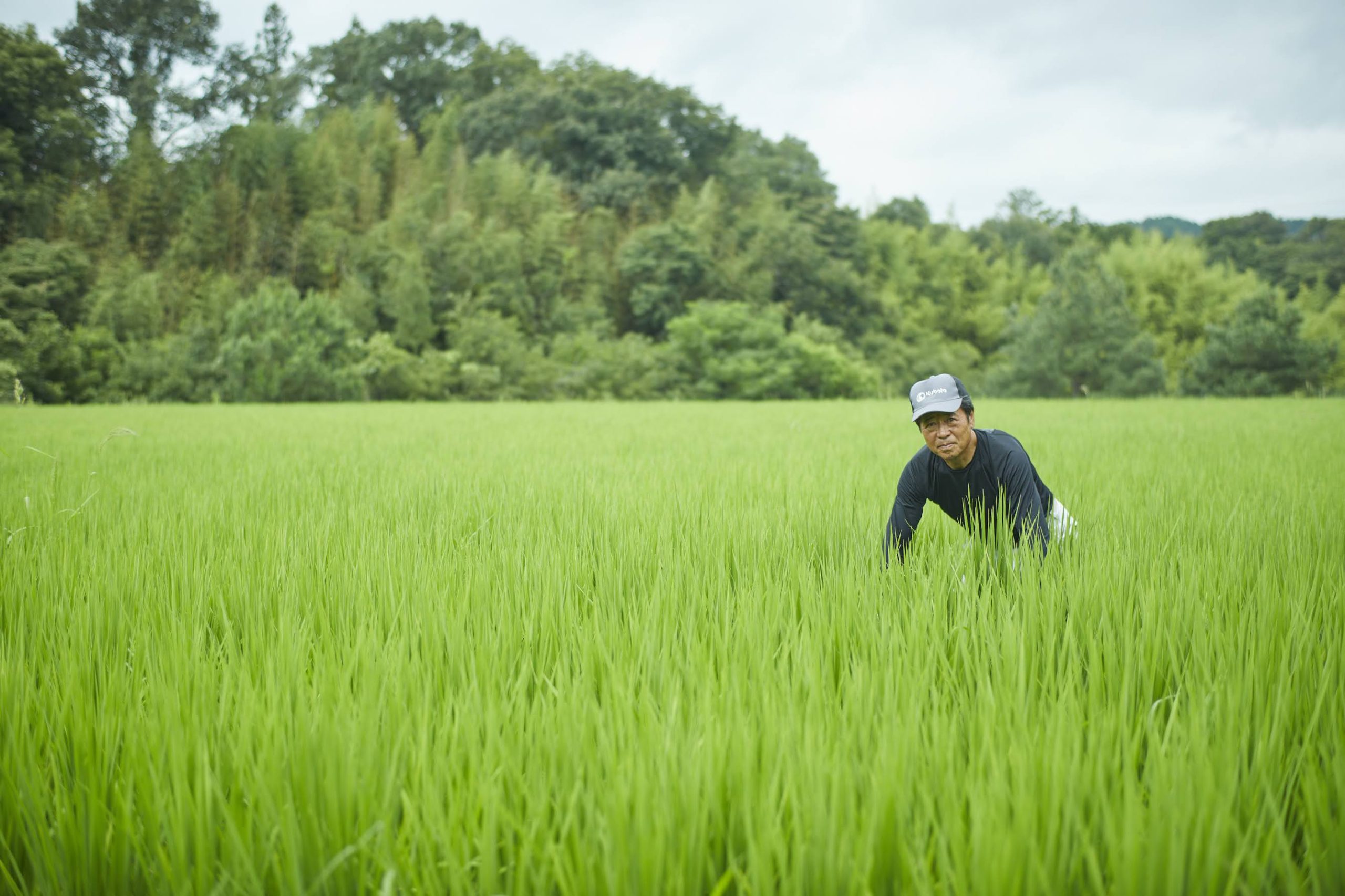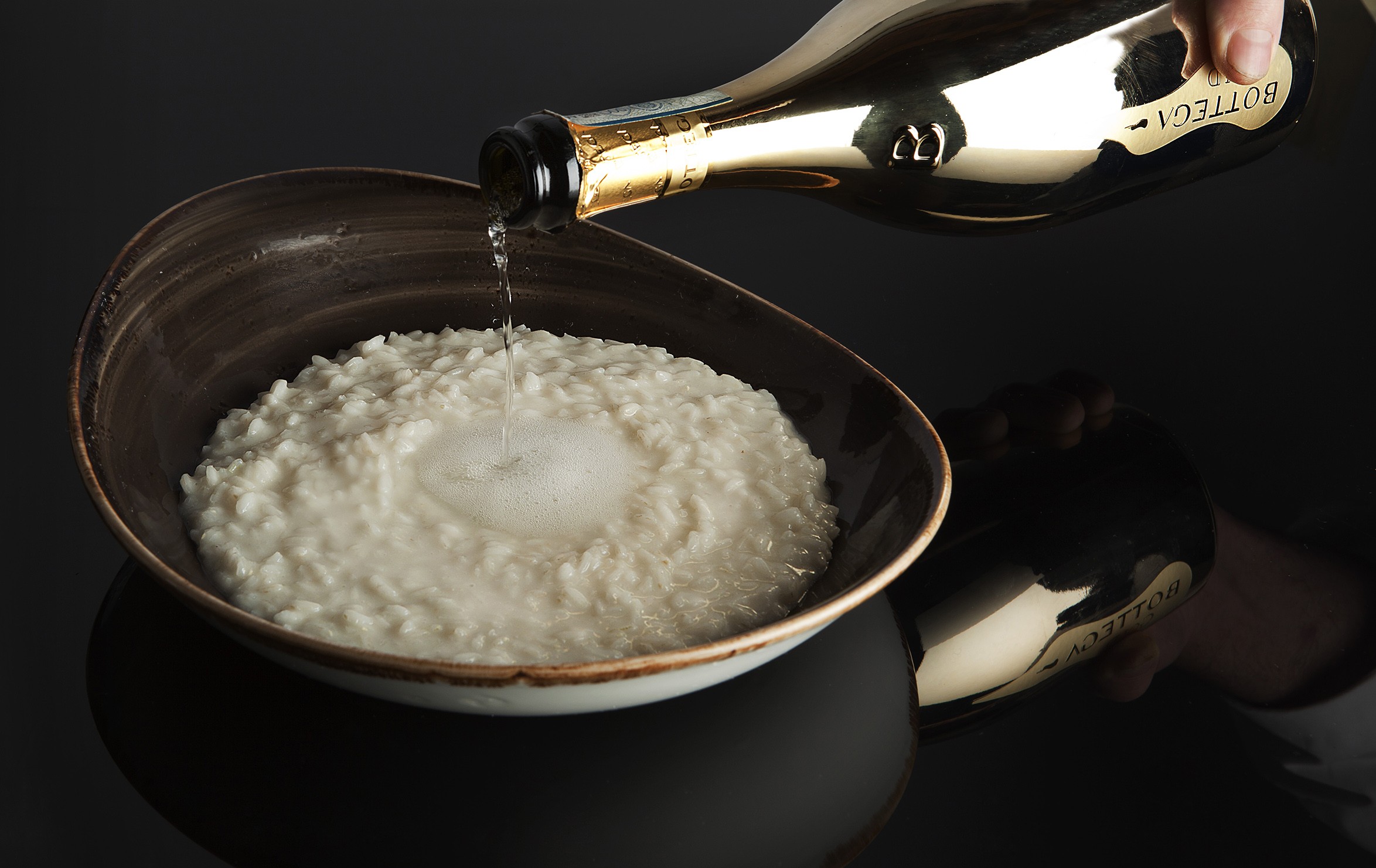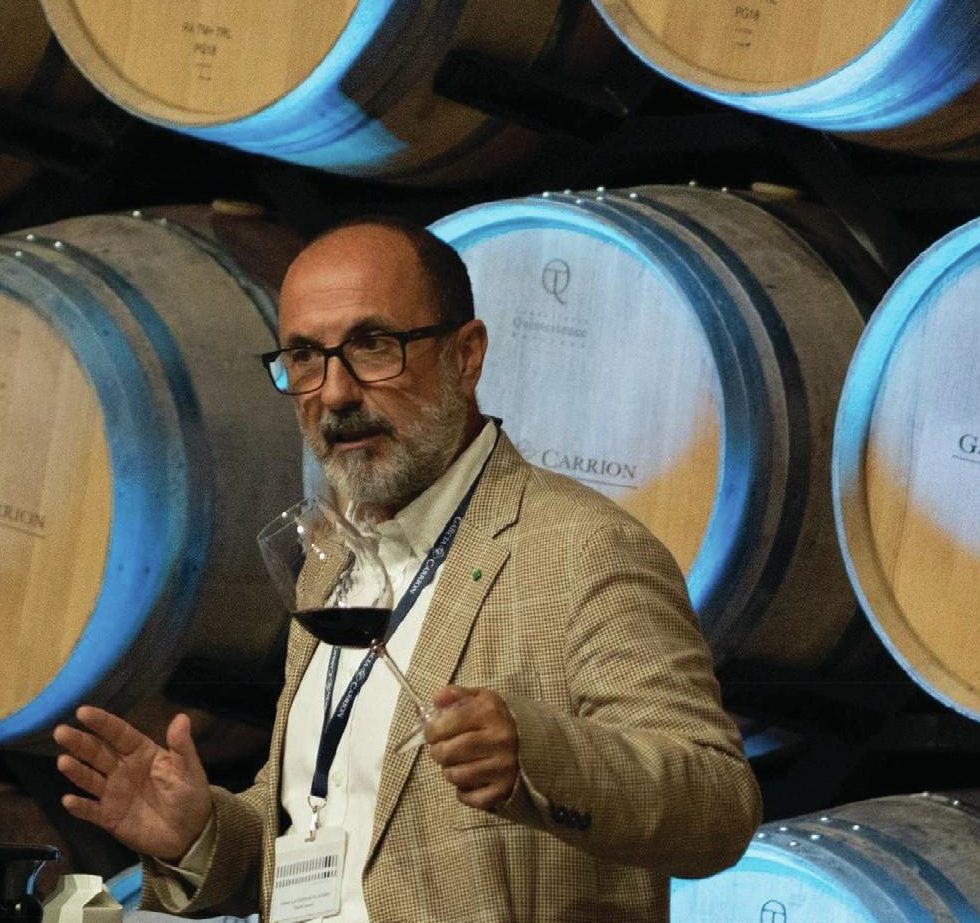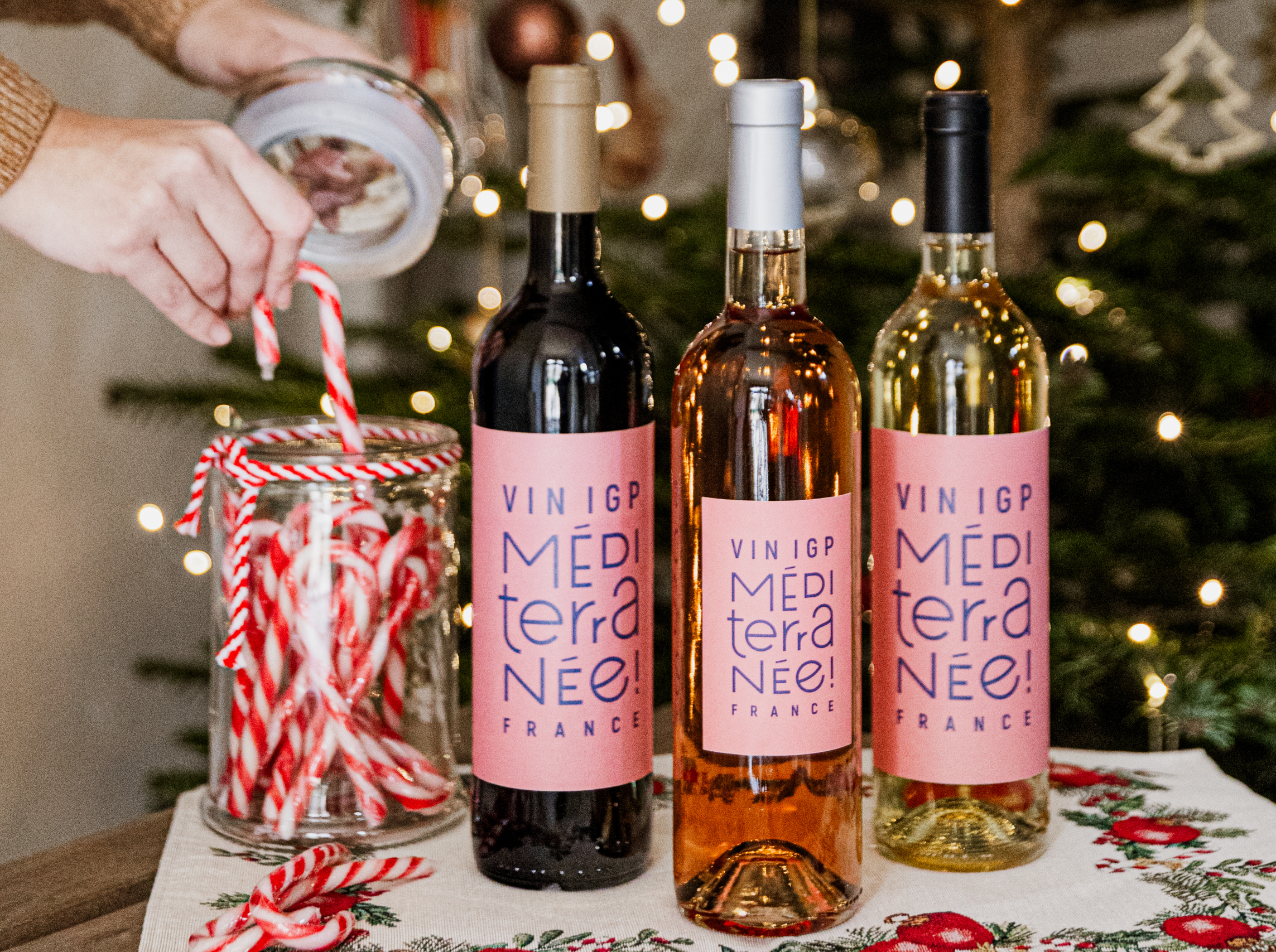Has beer reached its post-craft renaissance?
The beer industry has endured many challenges, some of which influence next generation brewing trends. reports Jessica Mason.
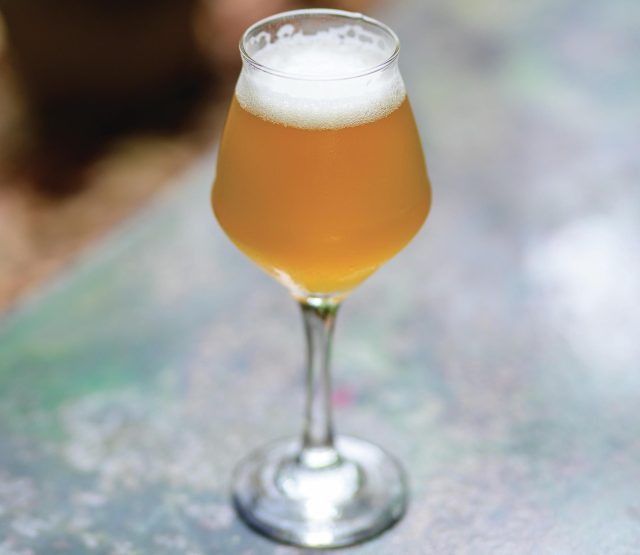
If brewers had a crystal ball, they’d have thrown it in the mill by now: 2024 was meant to be the year when beer regained ground, not a time of closure and brand resale.
But the issues have been complicated, and not only because rising costs are clearly in direct opposition to developing prosperous businesses, but also because survival has now become a bit of a game of predicting how the beer world is changing. And then doing what is necessary by leaning into it.
The world over, crop yields have become affected by climate change, leading to supplier prices lifting and core ingredients being in high demand. Independent brewers, most of whom are unable to haggle over the price of longterm bulk orders as big beer producers can, will soon start feeling the pinch of pricing wars. There’s a lot to unpack.
RUNNING FROM THE DARK CLOUDS THAT LOOM
Describing the domino effect brewers are likely to experience, the Society of Independent Brewers (SIBA) head of comms and marketing Neil Walker says: “Like any farmed product, malted barley and hops are at the mercy of harvest yields which fluctuate year-on-year.”
But let’s not dwell on this, especially when there are other dark clouds from which brewers have also needed to try to run and take cover. Because, while Mother Nature was clearly having a conniption, there’s also been a fair bit of economic disharmony too.
In California, Firestone Walker Brewing Company co-founder David Walker explains this in a short list of bleak events affecting the industry. He admits that “geopolitical and climate events flow quickly to the cost of core ingredients; Covid turned our world inside-out as competition for packaged goods went through the roof; the Ukraine war and subsequent sanctions impacted malt – especially wheat – and aluminium”; but not just that – he also anticipates that, to cap it off, “a poor barley harvest will translate quickly to the brewer”.
As Suffolk-based Adnams Brewery production director Fergus Fitzgerald says: “There continue to be new challenges coming that we are all trying to work with.” He also warns that, for UK breweries, “the Extended Producer Responsibility (EPR) costs coming next year should be high on everyone’s list” too.
Everyone is staying on high alert. But let’s find some rays of sunshine. Because what the beer industry is learning now is that, although it does indeed need to feel forewarned of the pitfalls, it also would not hurt to make s plan to take positive strides forwards. After all, this kind of balance does tend to keep the sector sane.
Offering a much-needed can-do mindset, CAMRA vice chair Gillian Hough suggests that “to safeguard beer ’s future, we need to make the category more interesting”. Or, in other words: remember its brilliance and harness that.
Partner Content
“We need to celebrate the positives of beer,” agrees London-based Anspach & Hobday (A&H) co-founder John Hobday. Plus, as Hough deftly points out, if we can “stop premiumising the price of boring stuff” and really hone in on genuinely high-quality beer’s best aspects, then there is ground to be gained – let’s call it a revival of sorts.
LIBERTY IN OUR CHOICES
For each of the trends in beer, we should also take note of the fact that they often stem from consumers wanting other needs answered. For instance, the no-and low-alcohol trend across all drinks has a lot to do with wellbeing and taking care of ourselves, but also feeling like we have choices.
In a fast-moving world, where each new technological advancement is signposted with AI and the disenfranchisement of talent, there is often a renaissance where people look for the things they trust, or the things they understand to be good that won’t harm them. Here, we saw the rise of craft movements and now this has moved on to ‘choice’ as part of the consumers’ subconscious desire to feel in charge of their own fate.
As Fitzgerald predicts: “In a few years’ time it will be almost unthinkable to have a brewery that doesn’t produce a low/no beer in its portfolio. People want to be able to make choices, whether it’s gluten-free, low-calorie or how much alcohol they drink.”
Similarly, he suggests this may also be at the root of why world lager continues to prosper as a beer style, because really it is, as he terms it, “Mediterranean escapism” and more of a consumer desire to daydream their way out of the limitations of their lives and transport themselves into holiday mode, where the sun always shines.
On the flipside of this, we are also seeing something of a stout and porter resurgence, which could translate as comfort drinking, with the styles’ warming and gentle malt undertones giving the consumer something less shouty in the glass.
As Walker observes: “During Covid there was a big shift towards stronger, darker beers.” Hough agrees and adds that “people are taken with stouts’ and porters’ rich, decadent, flavoursome character”. Meanwhile, Hobday reveals that A&H’s London Black is now 70% of the brewery’s production and “shows no signs of stopping”.
Has hazy IPA had its day? The session-strength hazy pale ales have become “a bit of a gateway beer for people to ‘get into’ more interesting beer”, says Walker. But really, ask most brewers and they will respond with “yes”, admitting, while they want to brew something new, people are still seeking out hazy pales.
What’s next, then? Burning Sky founder and head brewer Mark Tranter believes the future of beer is not something you can ever truly anticipate. He says: “It will just unfold in a way that we probably won’t expect, like one of those games where someone draws the head, then folds the paper over for the next person to draw the body.”
Fitzgerald agrees, suggesting that “predicting the future is a bit like driving down a road in the dark whilst looking in the rear view mirror” – so it is best to “have hopes rather than predictions”. But he adds a note of optimism: “Beer will always have a future,” because “beer ’s greatest trait is its flexibility and ability to stay relevant.”
Related news
The most interesting conversations db had in 2025
Nigerian Breweries to boost student entrepreneurship programme

